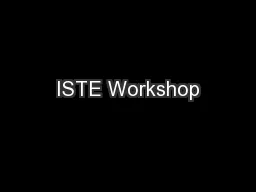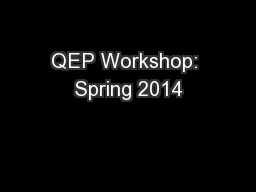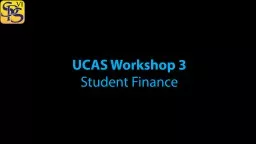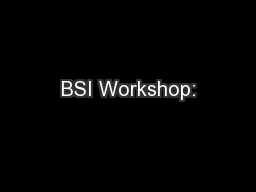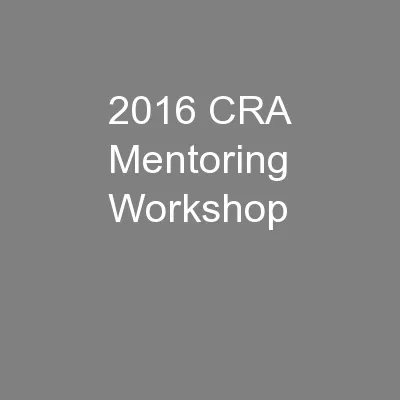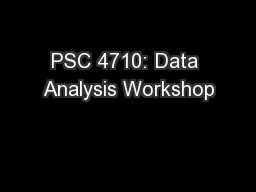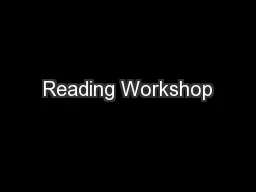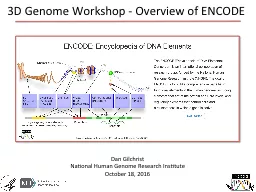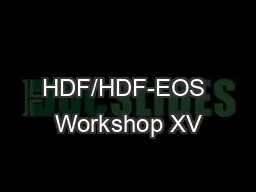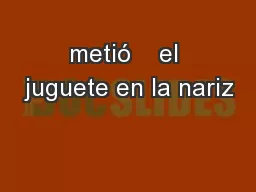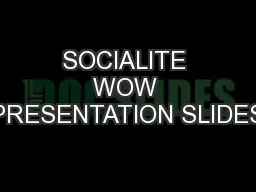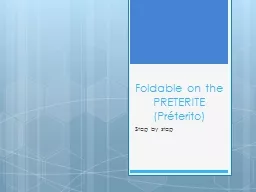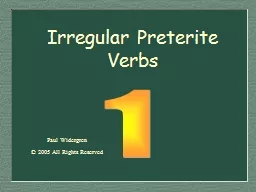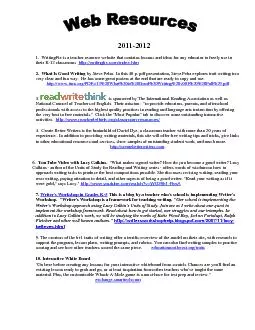PPT-ISTE Workshop
Author : alida-meadow | Published Date : 2017-07-06
Research Methods in Educational Technology IIT Bombay February 29 2013 Status Have you done your Homework Preworkshop Assignment Submission Feb2 Feb38 Idea proposal
Presentation Embed Code
Download Presentation
Download Presentation The PPT/PDF document "ISTE Workshop" is the property of its rightful owner. Permission is granted to download and print the materials on this website for personal, non-commercial use only, and to display it on your personal computer provided you do not modify the materials and that you retain all copyright notices contained in the materials. By downloading content from our website, you accept the terms of this agreement.
ISTE Workshop: Transcript
Download Rules Of Document
"ISTE Workshop"The content belongs to its owner. You may download and print it for personal use, without modification, and keep all copyright notices. By downloading, you agree to these terms.
Related Documents

